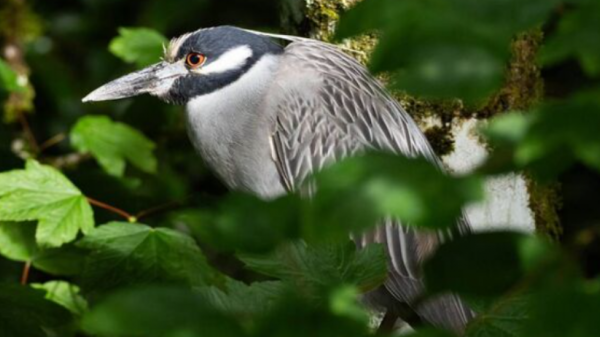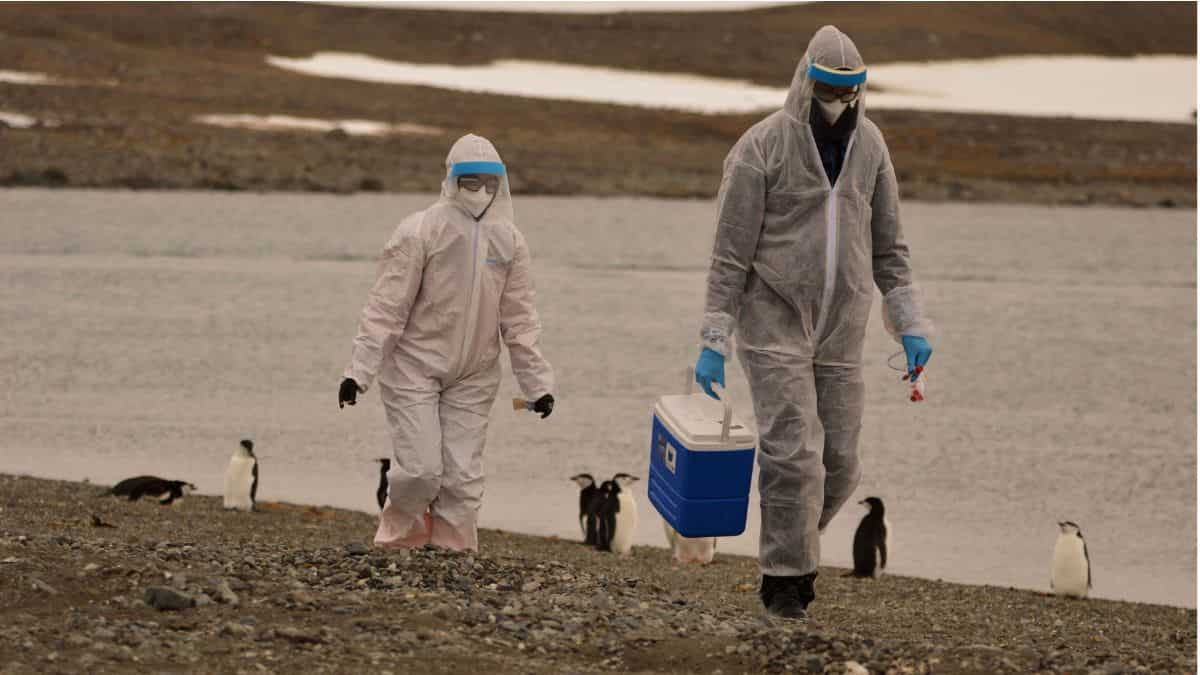Investigation into Mysterious Penguin Deaths in Antarctica
Recently, a scientific expedition led by Federation University Australia made a startling discovery in Antarctica. At least 532 dead penguins were found, with researchers suspecting that thousands more may have perished due to an unknown ailment.
Potential Role of H5N1 Virus
Scientists are investigating the possibility that the deadly H5N1 virus, commonly known as bird flu, could be responsible for the mass deaths of Adelie penguins. While initial field tests were inconclusive, further analysis is underway to confirm the presence of the virus.
Concerns and Implications
Experts are concerned about the potential impact of H5N1 on the Antarctic wildlife population. The virus, if left unchecked, could pose a significant threat to already vulnerable penguin species and other wildlife in the region.
- Meagan Dewar, a wildlife biologist, highlighted the potential devastation the virus could cause to Antarctic wildlife.
- Dead Adelie penguins were discovered on Heroina Island, with estimates suggesting that thousands may have perished.
- The presence of the H5 strain of bird flu has been confirmed on the Antarctic Peninsula and nearby islands.
Threat to Emperor Penguins
With around 20 million pairs of penguins breeding in Antarctica annually, including endangered emperor penguins, the threat of bird flu adds to the existing challenges faced by these iconic species.
- Emperor penguins, already vulnerable due to climate change-induced sea ice loss, could face further risks from the spread of bird flu.
- The combination of environmental stressors and disease outbreaks could have devastating consequences for penguin populations.
















































